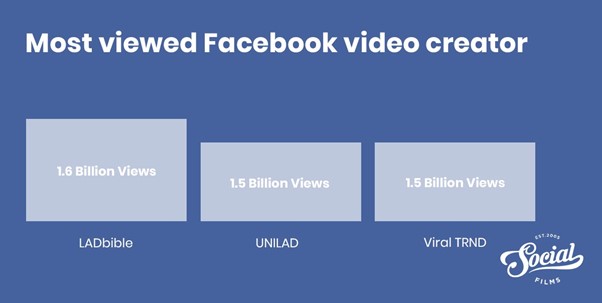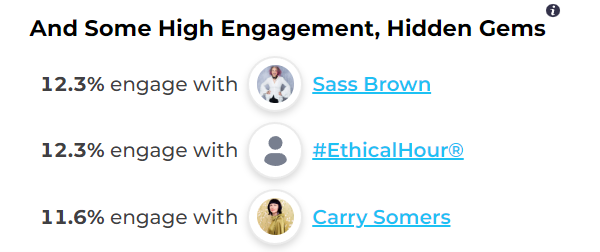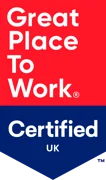Link building is an essential part of any ecommerce SEO strategy, but it’s also one of the most challenging areas to get results in. Giving relevant and authoritative websites a reason to link to yours is hard enough for any online business but can be even more so with ecommerce sites, which by their very nature tend to be less informational and more sales focused.
Finding ways to attract links is something that every ecommerce brand should be investing time into if they want to maximise the impact of their SEO strategy and the ROI it brings to the business.
Why is ecommerce link building important?
Anecdotally, the general consensus amongst search professionals is that links can attribute up to around 50% to the SEO success of a website, which is absolutely huge for something that essentially happens off the website itself.
With links essentially acting like a trust signal for search engines like Google that your website is worth attention and contains something searchers will find useful, it’s absolutely vital to consider how you’ll build links as part of the wider marketing strategy.
Improved organic visibility isn’t the only potential benefit of an effective ecommerce link building strategy though; links in the right places, seen by the right people, can directly result in sales being generated and an increase in brand awareness too.
What’s the best backlink strategy for ecommerce?
We’re big believers in building a variety of different types of backlinks and we also think it’s very important that the backlink strategy feeds into the wider SEO strategy in terms of pages linked to and the anchor text used, whenever possible.
This means having a backlink strategy that incorporates several different strands and tactics. For example, whilst digital PR can be a great channel to help with link building, if every link that points to your website is from a news website, your backlink profile can end up a little one dimensional, and the audience relevancy can sometimes be lacking.
However, by combining tactics like digital PR with some or all of the suggested activities below, you can build a well-rounded link profile that hits on lots of different areas, and can build authority on priority parts of your website, rather than just the homepage.
It’s important to take into consideration that while a ‘follow’ link is what most link builder wants to see, a ‘nofollow’ link (or even a brand mention without a link at all) can have value from an SEO point of view.
Many news sites or other digital PR target publications have an editorial policy of not handing out followed links with their coverage, which is their right. However, there can still be benefits for sites that have nofollow links pointing to them as part of a diverse link profile (like sales!), which is another reason to employ a range of different tactics as part of your ecommerce link building strategy.
5 ecommerce link building tactics for 2022
There are lots of different ways to build links to an ecommerce website, but we’ve tried to cover some tactics that don’t seem to be discussed or written about as often as others, yet they can deliver great results.
1. Publish statistics content relevant to your industry
Everyone loves a good statistic; journalists and editors are no exception!
Statistics are used extensively across news websites, trade media publications and online research reports and whitepapers. If you can make your website a source of statistics that are relevant to your industry and can be used by people writing stories or articles about it, it can be a great source of links because they will link to their source.
The statistics don’t need to necessarily be your own data. You can collate existing recent statistics from several different sources, as long as they all relate to one another in some way, and put them in an easy-to-access and use setting on your own website, on a blog for example.
A good example of this in action is with this piece from corporate video firm Social Films that simply collates lots of UK Facebook-related stats into a blog piece. At the time of writing, this single blog post has nearly 500 backlinks from websites using it as a source for the statistics used in their own pieces.
2. Publish your own exclusive data stories
While collating other people’s statistics is one thing, being the originator of interesting industry data takes things to a whole new level in terms of potential link building.
Whether it’s your own company’s customer-related data or a survey or study that you commission, the statistic-led piece that you create can include graphics and visuals as well as text stats. These all give you another opportunity to earn backlinks from your website over time just by publishing the piece in a search-friendly way, before you even conduct any further outreach or digital PR activity.
3. Create in-depth product care/fixing/repairs/troubleshooting content
Depending on what you sell, it might feel counterintuitive to create content that results in people not needing to buy a new version of something from you as quickly as they otherwise might.
However, in a world that is growing increasingly more conscious about and invested in sustainability, helping customers to get the most possible out of their purchase is no bad thing.
Bringing back a mentality of make do and mend through a series of in-depth guides related to what you sell can be an excellent way to make yourself a resource worth linking to (as well as a consumer-trusted brand). These topics are exactly what people like to search for before they give up and buy a replacement.
A couple of good examples are Nike’s tips on making running shoes last longer and Specscart’s spectacles repair guide. Customers want to feel like they are getting their money’s worth when they buy from you, and this type of content reinforces this as well as helping with your link building efforts.
4. Exclusive interview content with people that resonate with your audience
Exclusive interviews are gold dust when it comes to link building, as they quite simply offer insight, snippets and quotes that can’t be found anywhere else.
Who exactly you should interview depends mainly on who your audience is and the kind of people that they are interested in. Pitching to people for interviews can be a daunting prospect, but why not aim high? If you don’t ask, you never know who will say YES to your interview invite.
Turning it into a video interview (even over Zoom) or a podcast is ideal, as long as you make the media content SEO friendly when published, but text interviews can also be as effective from a link building point of view.
A good example of this in action is male grooming brand Murdock’s interview with the gardening Rich brothers.
5. Don’t limit your digital PR outreach to journalists/editors – think true influencers
When it comes to telling people about your great content or story and why they should link to it, it can make a big difference to think outside of the box at times. Pitching to local and national journalists and trade media is great, but who else with a website, influence and the right kind of audience might find what you’ve got to say of interest?
A tool like Sparktoro can be a great way to identify some people or websites to outreach to that you might not have otherwise thought of or discovered.
For example, if you’re a fashion brand wanting to get the word out about your sustainable approach, your research on sustainable fashion or your content collating the latest slow fashion statistics, you might want to follow and do some research around Sparktoro suggestions like the below. This was what came up for social media users in the UK who frequently talk about sustainable fashion.
Looking at who these accounts engage with on social media, and vice versa, can give you plenty of outreach targets to help spread the word about and built links to your website piece.
Ecommerce link building is a challenge. However, it’s an area where the right links gained can make a huge difference to your business and online visibility. If you want any help with your backlink strategy for an ecommerce brand, our team would love to help. Use the form below to get in touch.










